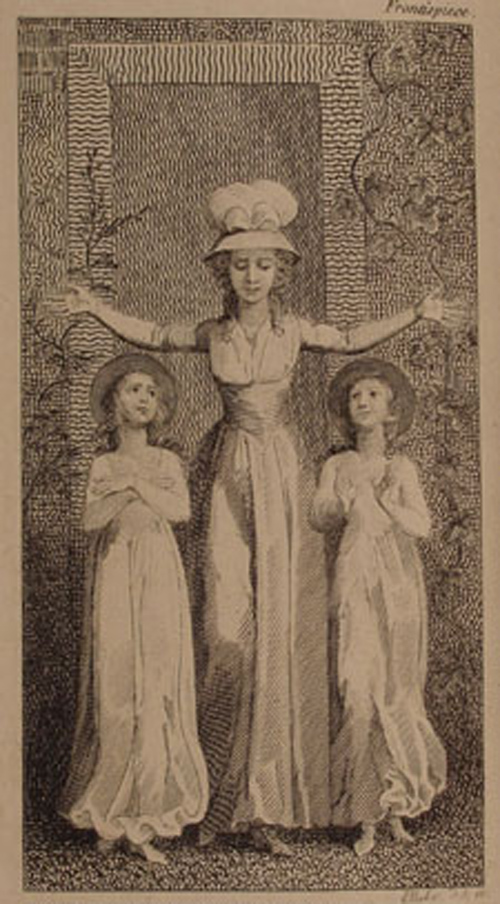B4: Women and Power
Any women from British history may be studied in this task, although each woman considered should have exercised power in different ways and no more than one should be a queen. A range of different women from diverse backgrounds and different time periods should be used. Some examples of possible women or types of women that students could use as the basis of their enquiry follow below, although this is by no means an exhaustive list and you may use examples of women in British history that reflect your own backgrounds and/or locality.
Any queen or queen consort of England, Boudicca, Aethelflaed, Hilda of Whitby, Edith of Polesworth, Annie Besant, Elizabeth Fry, Sylvia, Christabel or Emmeline Pankhurst, Elizabeth Garrett Anderson, Mary Seacole, Florence Nightingale, George Elliot, the Bronte sisters, Nell Gwyn, Bess of Hardwick, Margaret Clitheroe (sometimes spelt Clitherow), female campaigners, female war workers, Beatrice Webb, Margaret Thatcher, Shirley Williams, Mo Mowlam, Diane Abbott, or other female politicians, Betty Boothroyd, Lady Scotland, Noor Inayat Khan, Lillian Bilocca, Doreen Lawrence, Greenham Common women's peace camp, Mary Wolstonecraft, Dame Kelly Holmes or other females sports stars female actresses, musicians, singers, authors or journalists.

You should consider: what made each woman powerful. What obstacles did each woman face? What circumstances made it possible for her to exercise power? What type of power did she hold? Was she a decision maker, campaigner, figurehead, spiritual leader, professional? Or was it some other kind of power she was able to wield? Was this kind of action and power normal for a woman of her time? What makes her achievements remarkable or significant?

